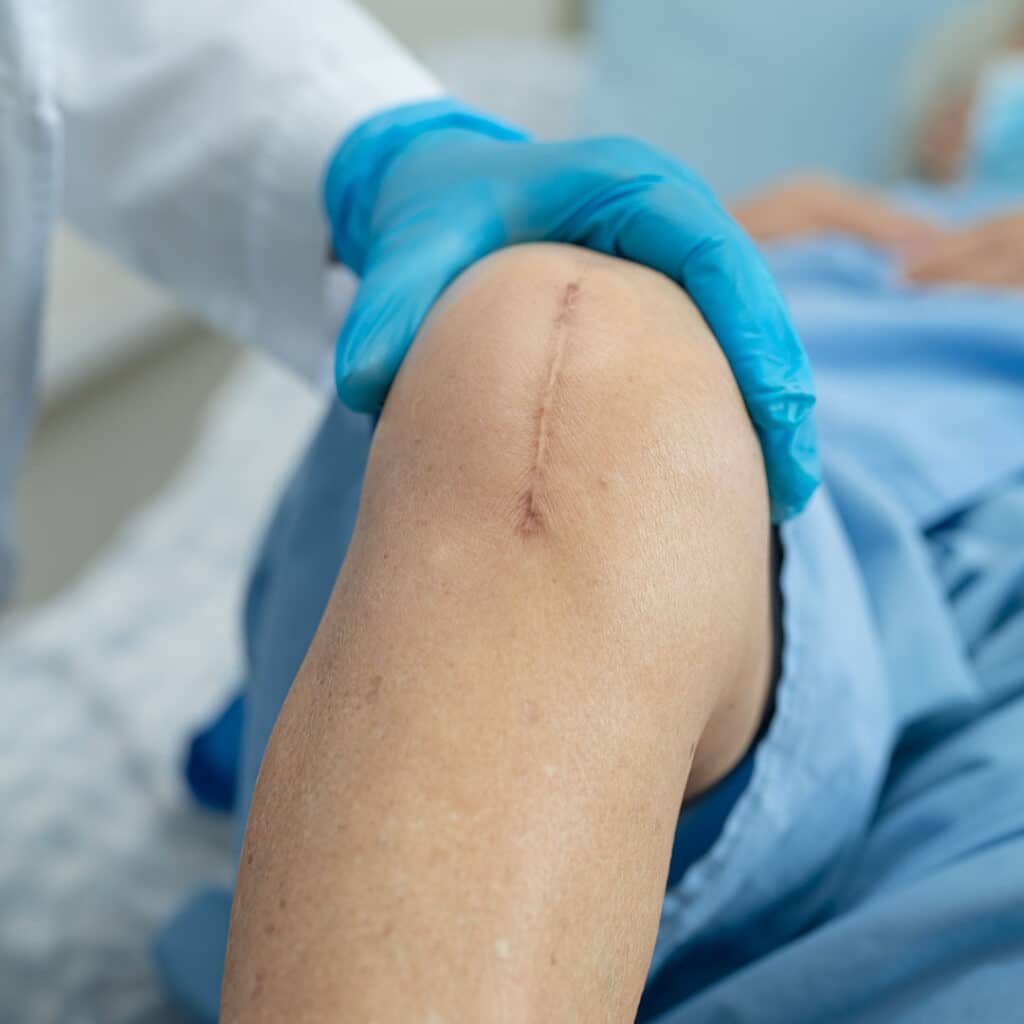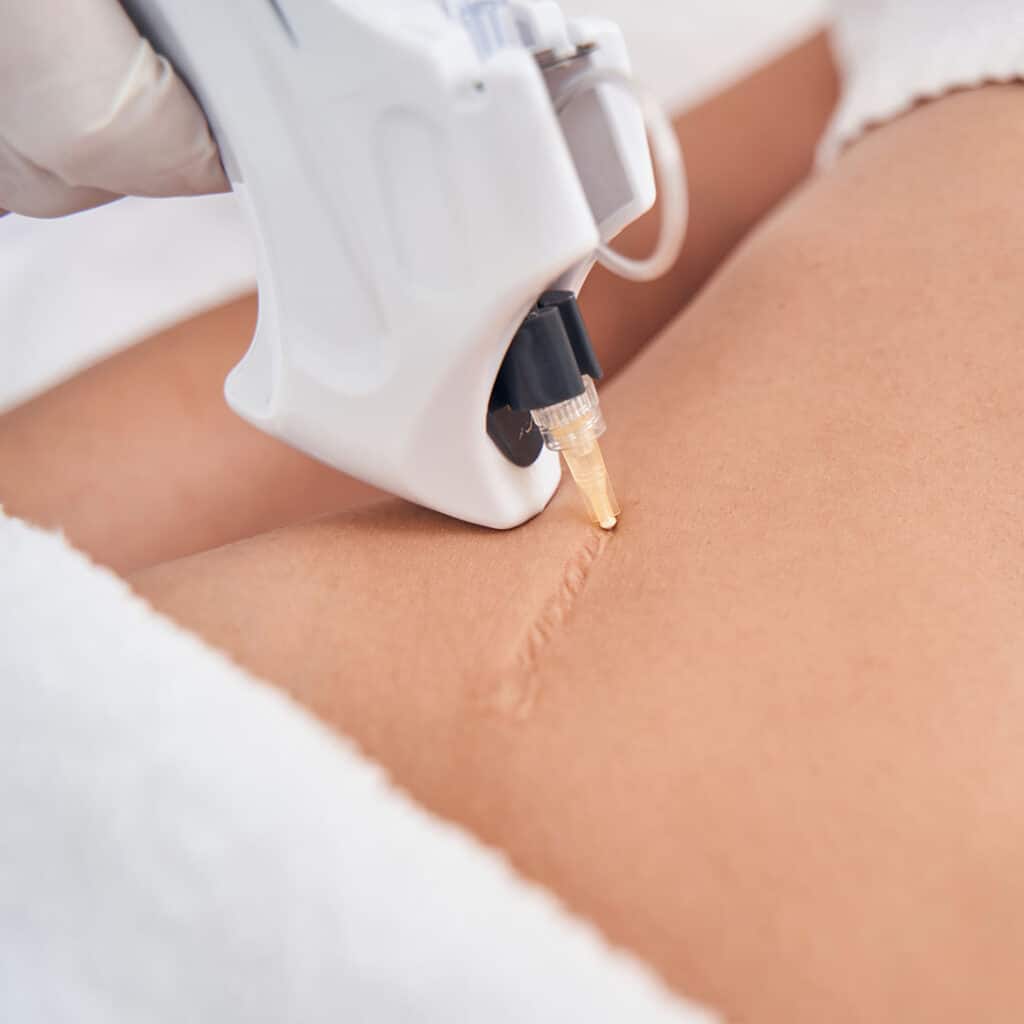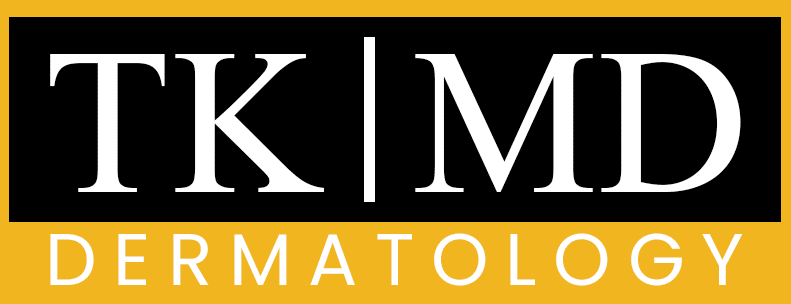Scar
A scar is a mark left on the skin after a wound or injury has healed. Scars form as part of the natural healing process, and can be the result of cuts, burns, surgery, or other types of skin trauma. Scars can vary in size, shape, and appearance, and can be raised or flat, smooth or textured, and different colors from the surrounding skin.
Some scars may fade over time and become less noticeable, while others may become permanent. The appearance of a scar can be influenced by several factors, such as the size and depth of the wound, the location of the injury, the person’s age and skin type, and the way the wound was treated during the healing process.

Scar Reduction
Scar reduction refers to the process of minimizing the appearance of scars on the skin, either through medical treatments or self-care techniques. There are several methods that can be used to reduce the appearance of scars, including:
Silicone gels and sheets: Silicone products can be applied directly to the skin to hydrate the scar tissue and reduce the appearance of scars.
Pressure therapy: Using a pressure garment or silicone sheet to apply pressure to a scar can help reduce its size and improve its appearance.
Steroid injections: Corticosteroid injections can be used to reduce the redness, itching, and swelling associated with scars.
Laser therapy: Laser therapy, such as pulsed dye laser therapy, can be used to improve the color and texture of scars.
Microdermabrasion: Microdermabrasion is a gentle exfoliating treatment that can be used to improve the texture of scars.
Chemical peels: Chemical peels use an acid solution to remove the outer layer of skin and stimulate the growth of new, healthy skin.
It is important to note that not all scars can be completely removed, and the effectiveness of scar reduction treatments can vary depending on the individual and the type of scar. It’s best to consult a dermatologist or plastic surgeon to determine the best course of treatment for your specific needs.
There are several treatments that can be used to reduce the appearance of scars, including:
Silicone gels and sheets: Silicone products can be applied directly to the skin to hydrate the scar tissue and reduce the appearance of scars.
Pressure therapy: Using a pressure garment or silicone sheet to apply pressure to a scar can help reduce its size and improve its appearance.
Steroid injections: Corticosteroid injections can be used to reduce the redness, itching, and swelling associated with scars.
Laser therapy: Laser therapy, such as pulsed dye laser therapy, can be used to improve the color and texture of scars.
Microdermabrasion: Microdermabrasion is a gentle exfoliating treatment that can be used to improve the texture of scars.
Chemical peels: Chemical peels use an acid solution to remove the outer layer of skin and stimulate the growth of new, healthy skin.
Surgery: In some cases, surgery may be recommended to remove or revise a scar.
Massage: Massaging the scar tissue can help improve blood flow and reduce the appearance of scars.


